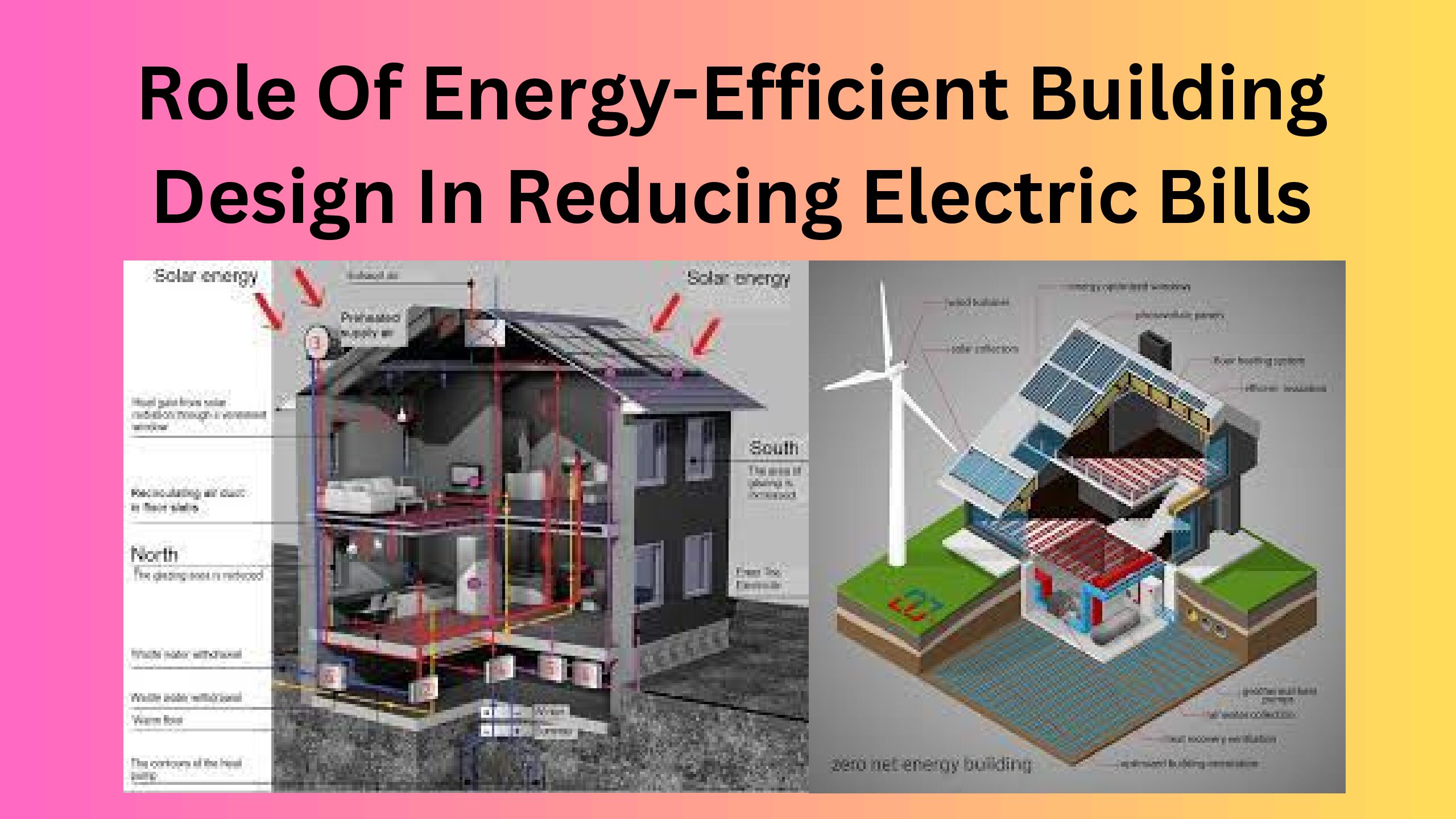In a world where the environment is a top goal, efficient building design is a viable option to reduce the escalating electricity costs and decrease the carbon footprint.
This article focuses on the vital significance that energy-efficient construction design can play in promoting both economic as well as environmental advantages.
Understanding Energy-Efficient Building Design
Definition and Importance
Designing buildings that are energy efficient is about making structures that consume less energy and provide the highest level of comfort for the occupants. It includes a range of components and techniques that help reduce the use of energy and encourage sustainable consumption of resources.
Key Principles
Energy efficiency can be achieved by implementing fundamental principles like efficient appliances, passive design and renewable energy integration and appropriate insulation.
Benefits of Energy-Efficient Buildings
Energy-efficient buildings have numerous benefits that include lower energy costs as well as reduced CO2 emissions and greenhouse gases improved indoor air quality, as well as higher property value.
Factors Affecting Electric Bills
Understanding the elements that affect the price of electricity is vital to understanding the effects of building designs that are energy efficient.
Energy Consumption in Buildings
Commercial and residential structures are major contributors to energy usage which accounts for a large proportion of total energy consumption.
Impact of Inefficient Design
Poorly constructed buildings, with insufficient insulation or outdated systems result in excessive energy consumption which results in higher electricity costs.
The Role of Energy-Efficient Building Design in Reducing Electric Bills
Effective design of buildings significantly aids in reducing the cost of electricity and also promoting sustainable development.
Improved Insulation and Air Sealing
A properly insulated and air-sealed home can ensure that heat is not lost during winter and ensure a cooler temperature in summer, which reduces the requirement for continuous cooling and heating.
Energy-Efficient Windows and Doors
The energy-efficient doors and windows block heat transfer, thereby ensuring greater temperature control, and decreasing the need for HVAC systems.
High-Efficiency Heating, Ventilation, and Air Conditioning (HVAC) Systems
Modern HVAC systems can optimize energy consumption by adjusting output according to the actual demand, which results in huge energy savings.
Utilizing Renewable Energy Sources
The integration with renewable sources of energy such as wind turbines and solar panels can enable buildings to develop self-sufficiency or even produce surplus energy to offset the cost of electricity.
Smart Lighting Solutions
Smart lighting technologies that make use of sensors and timers, optimize the use of electricity by automatically shutting off lights when they are not in use.
Water Heating Efficiency
Utilizing energy efficient water heaters and fixtures will lower the amount of electricity required for hot water use.
Optimal Building Orientation and Landscape Design
An appropriate orientation for buildings and landscape design make use of natural elements such as sunlight and winds to decrease energy consumption and create a more comfortable space.
Case Studies: Successful Energy-Efficient Building Designs
A number of impressive energy-efficient construction projects demonstrate the efficacy of sustainable design to reduce the cost of electricity and reducing environmental impacts.
Financial Incentives and Government Support
Different tax incentives, credits, and certificates encourage and promote the use of green building practices.
Tax Credits and Rebates
The government often offers tax incentives and rebates for owners of homes who invest in energy efficient technologies.
Green Building Certifications
Green certifications for buildings such as LEED as well as ENERGY STAR can verify the eco-friendlyness of buildings and can provide other advantages.
Promoting Energy-Efficient Behavior among Occupants
Inspiring occupants to adopt energy efficient practices is a key factor in reducing energy consumption in buildings.
Education and Awareness
The process of educating occupants about energy saving practices helps to reduce energy consumption and helps lower electricity bill.
Building Automation and Smart Technology
The integration of automation and smart technology allows buildings adapt their energy consumption based on occupancy patterns and data in real-time.
Future Trends in Energy-Efficient Building Design
The future of sustainable building design will bring further promising advances in environmentally friendly methods.
Net-Zero Energy Buildings
Net-zero energy structures aim to generate as much energy than they use, thereby compensating the cost of electricity.
The Integration of IoT and AI in Building Management
Internet of Things (IoT) and Artificial Intelligence (AI) will play a key role in optimizing energy use and building the performance.
Overcoming Challenges in Implementing Energy-Efficient Design
Although energy efficient building design has many benefits, there are some challenges that have to be resolved in order to enable its widespread acceptance.
Upfront Costs and Return on Investment
The initial investment in energy-efficient technologies could deter homeowners, despite the longer-term savings.
Finding Skilled Professionals
The demand for professionals with expertise in sustainable design and architecture can exceed the supply, which could hinder the development.
Conclusion
Designing buildings that are energy efficient is a key element in decreasing electric costs and achieving sustainability for the environment. By embracing new technology and creating an environment of energy consumption that is responsible people and communities can create a cleaner and more economical future.















